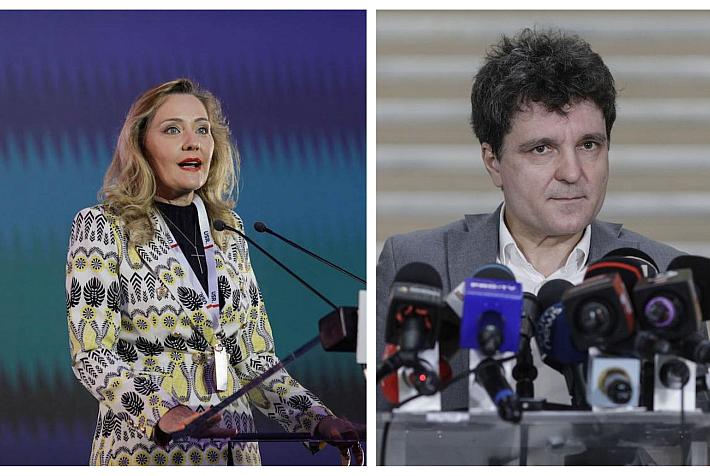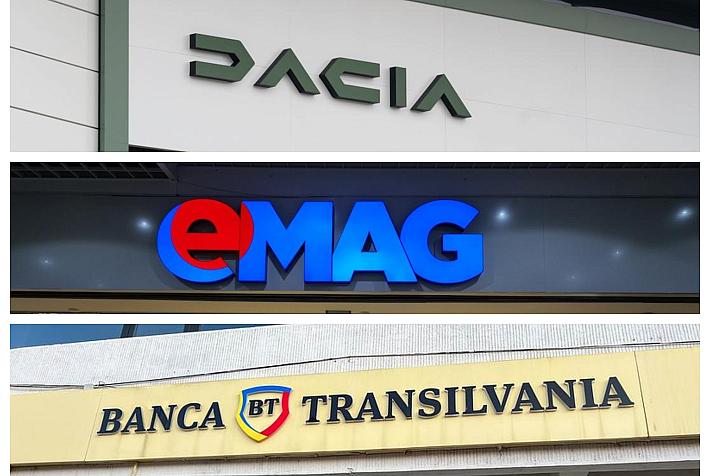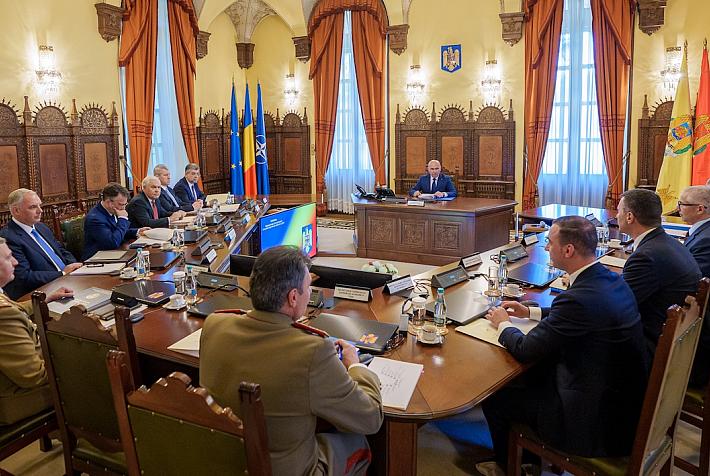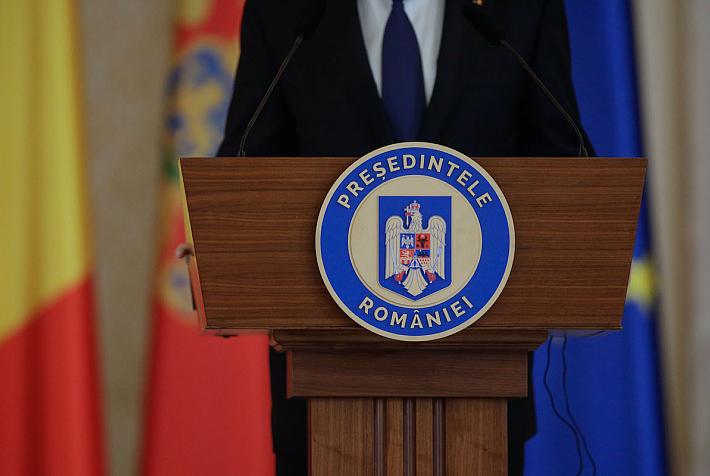Comment: What's the stake of the local elections in Romania?
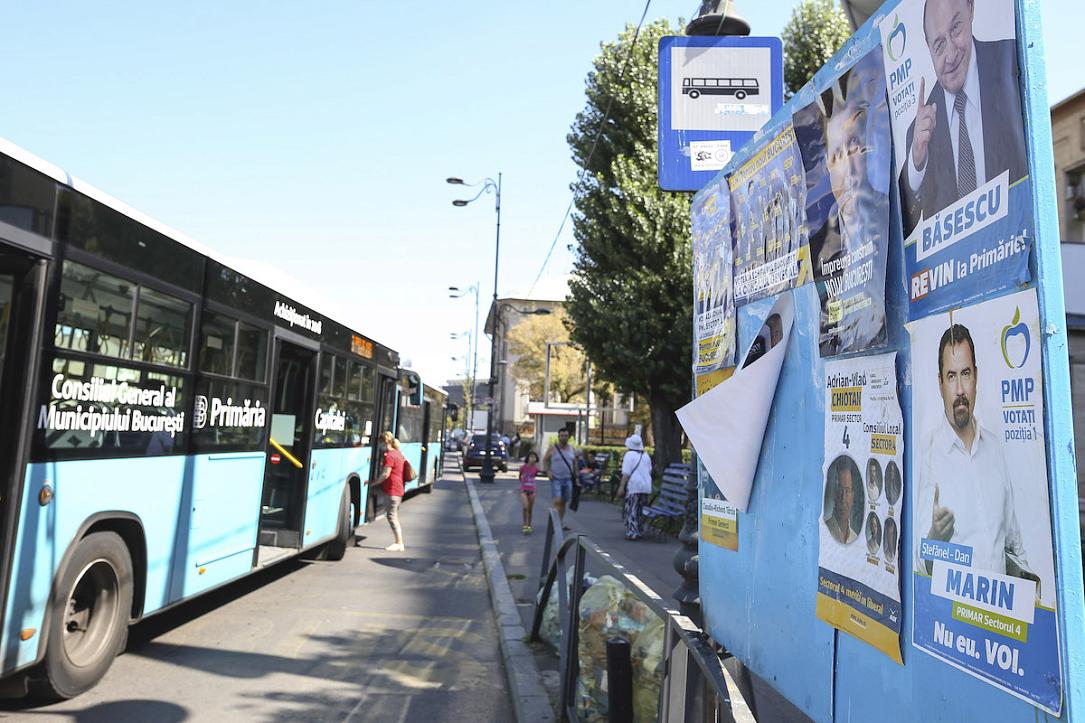
The elections for the local administration in Romania usually don't get the same visibility and attention as the general election, although they are arguably as important or even more important for the people.
While the general elections determine the structure of the Parliament and who gets to form the Government, the two bodies in charge of the big decisions in Romania, the local elections decide who will manage each locality and county in the next four years.
The local councils and county councils are the bodies that make the decisions at a local level, which often directly impact the lives of the people living in those localities and counties. For example, they get to decide if they ask for state funds to modernize schools, or access EU funds for road and sewage infrastructure, or revamp the local hospitals, or build new parks. Or they can do nothing and spend the local budgets on welfare and flowers.
If mayors and local councils really want to change their community members' lives for the better, they will look at their needs and try to find the most efficient way to meet those needs. Or, if they are corrupt, they will throw money away on overpriced acquisitions and works and will not care if the money they spend, the local taxpayers' money, bring something useful to the community.
Unfortunately, there are still many examples of bad decisions and reckless spending by local community leaders in Romania, and relatively few for efficient management practices. However, this can change at the local elections every four years.
The local elections are the biggest in Romania
The local elections are by far the biggest in Romania, considering the number of people involved. While the general elections are about selecting the members of the Parliament (currently about 600), the local elections are about filling close to 40,000 positions in the local administration. These include 41 county council presidents, 1,325 county council members, over 2,950 mayors, and some 35,000 local council members.
Romania has 41 counties, 263 towns and large cities, and 2,685 communes, and the local elections take place in all of these at the same time.
The elections in Bucharest, the country's capital, always get the spotlight because over 2 million people live in this city. The Bucharest mayor position is the top position in the local administration and the second most important elected role after the president (in terms of votes needed to get it). Bucharest also has the most local council members – 55. In addition to these, each of Bucharest's six districts has its mayor and local council. In total, there are about 228 positions to be filled in Bucharest alone at the local elections.
However, even the smallest commune in Romania has a mayor and a local council of at least nine members. Bigger ones have 15 or 17 local council members, small towns have 17 or 19, and county capitals have 23 to 27 local councilors.
A high political stake
The local elections have a high political stake simply because of the large number of positions at stake. Only a few of a party's members will get seats in the Parliament, Government, and central administration. Thus, most of them will be part of the local administration. Therefore, winning the most county council president positions and the most mayor positions is an important goal for big parties in Romania. A party that can't win local administration positions for its members has few chances to win the general elections and govern the country. Local administration leaders have an essential role in bringing the party votes in the general elections, and they often get top positions in the party leadership structures. In many cases, the influence of these "local barons," as some got to be called, lasted much longer than the influence of prime ministers and presidents. Some mayors and county council heads have stayed in power for more than 12-16 years (3-4 mandates) even when their parties did not rule at the central level.
The local elections also have a high personal stake for the candidates because the top positions in local administration are often a catapult to the central administration's top posts. Large city mayors often get to become MPs and ministers. Cluj-Napoca mayor Emil Boc became prime minister, former Bucharest mayor Traian Basescu and former Sibiu mayor Klaus Iohannis both ended up being elected presidents.
After Basescu won the presidential elections in 2004, it became clear that the Bucharest mayor position is a significant one for ambitious politicians who want to get to the top. Simply because to get elected Bucharest mayor, one needs the second-highest number of votes in Romania after the president.
This is why the elections for Bucharest take the spotlight. This year, for example, if incumbent social democrat mayor Gabriela Firea gets reelected, she will become the top contender to represent her party in the 2024 presidential elections. If she loses, her influence within the party will decline considerably.
A high financial stake as well
However, the local elections are just as much about the money as they are about politics. The local administration units – county councils and city halls – manage a total budget of over RON 82 billion (EUR 16.9 bln), or more than 7% of the GDP, according to estimates presented by the Finance Ministry at the beginning of this year.
The local authorities get revenues from taxes on property (set at a local level) and from income taxes and VAT (set at a national level). They also get subsidies from the Government through various programs, collect money from fines, and access EU funds and bank loans.
The Bucharest City Hall manages the most significant budget in Romania's local administration. This year, Bucharest's total general budget is over RON 10 bln (EUR 2.06 bln). This includes the budgets of the institutions under the City Hall's authority that have their own revenues, but it doesn't include the district city halls' budgets, which are separate.
Summing up, the stake of the local elections this Sunday (September 27) is electing 40,000 representatives who will manage EUR 17 bln per year, or close to EUR 70 bln in four years, to hopefully make the lives of the 19 billion people still living in Romania a little better.
andrei@romania-insider.com
(Photo source: Inquam Photos / Sabin Cirstoveanu)






